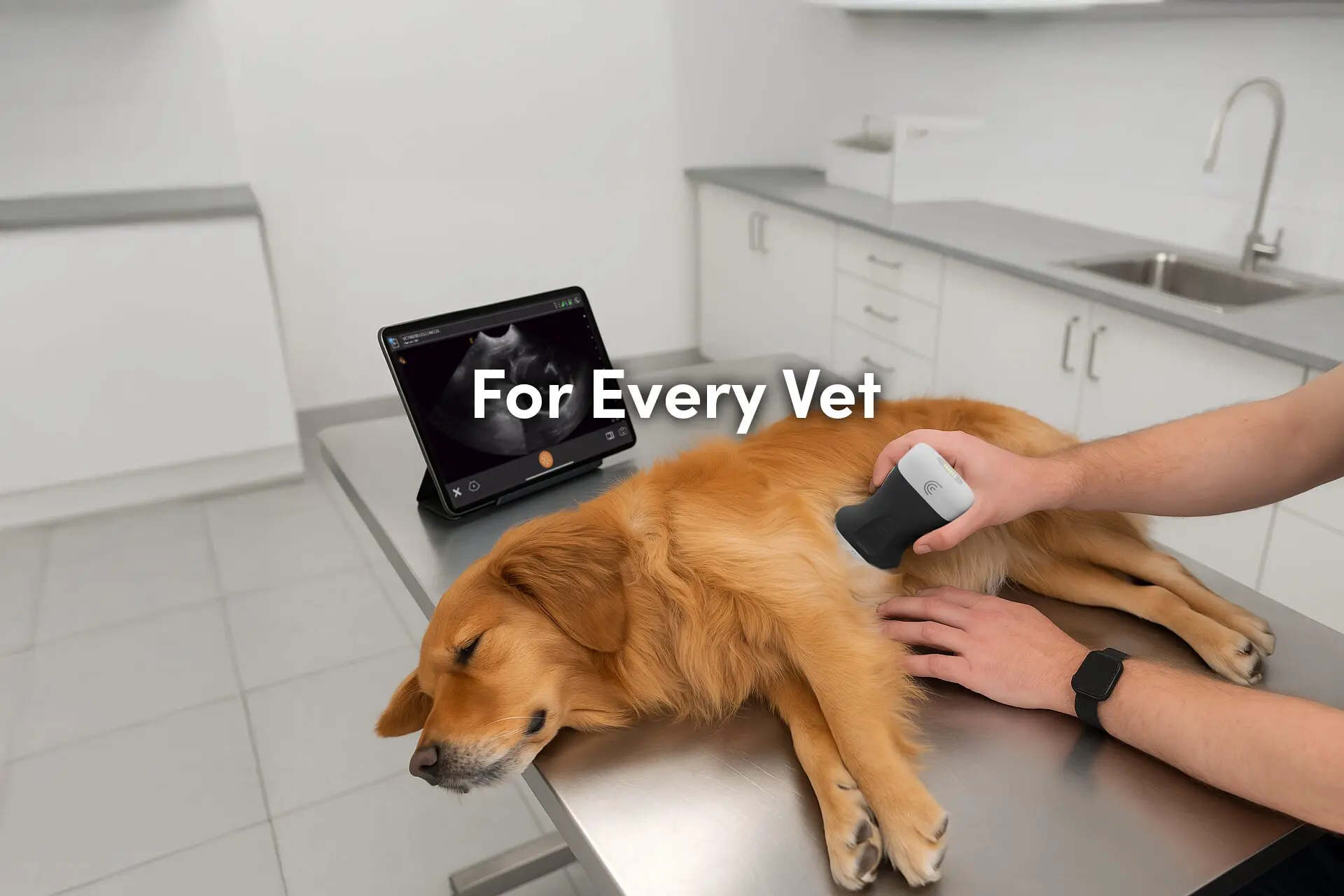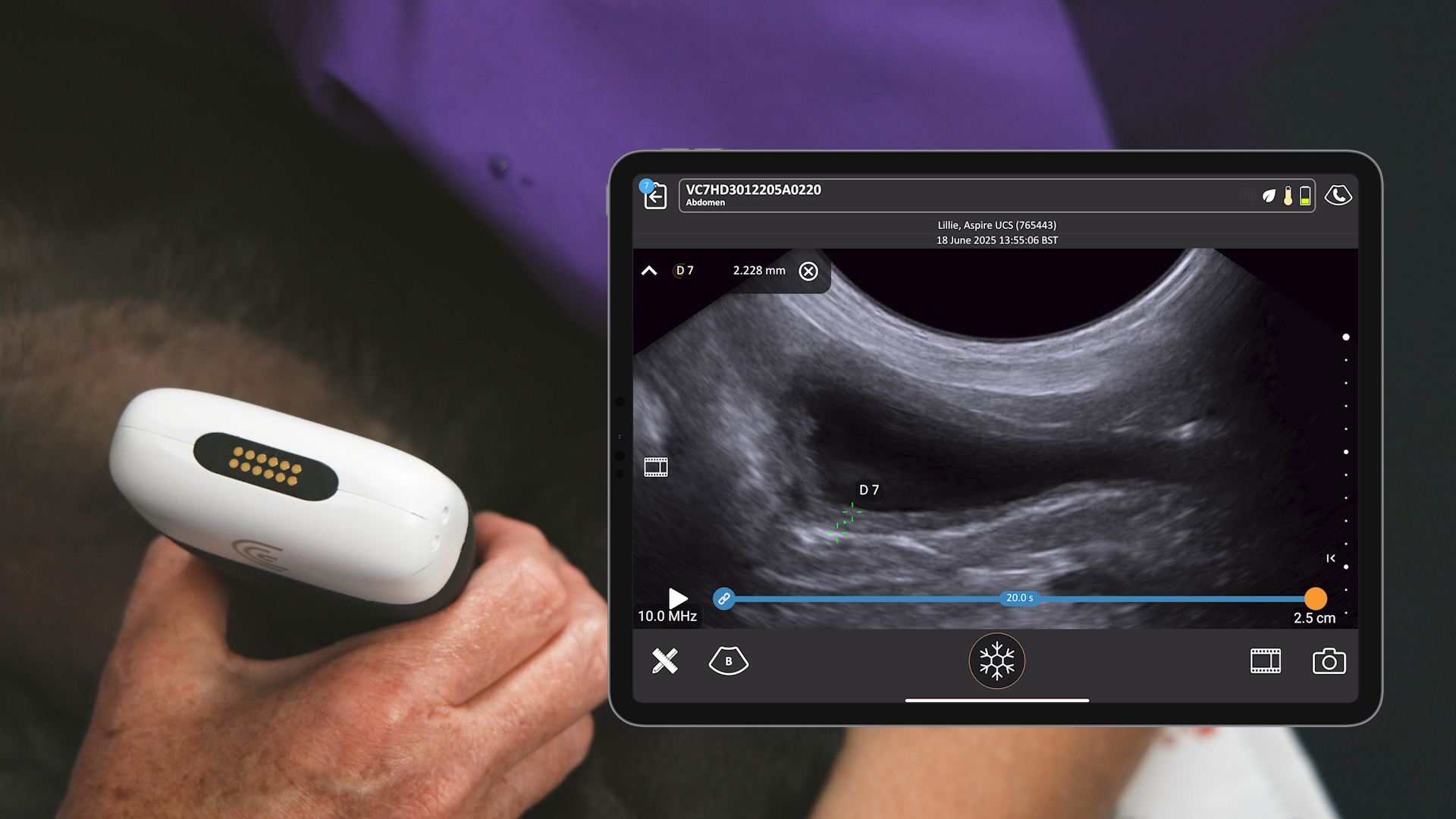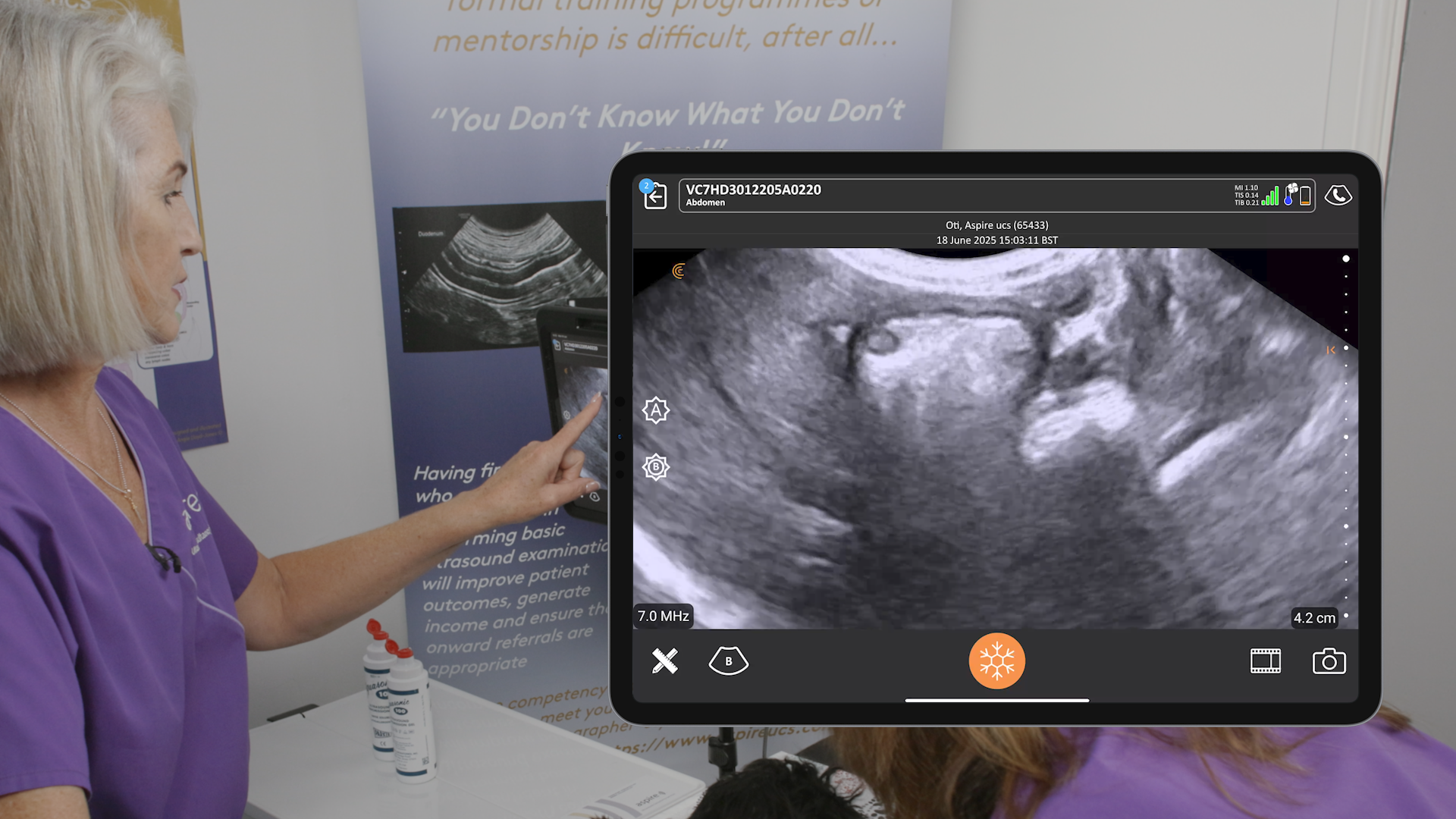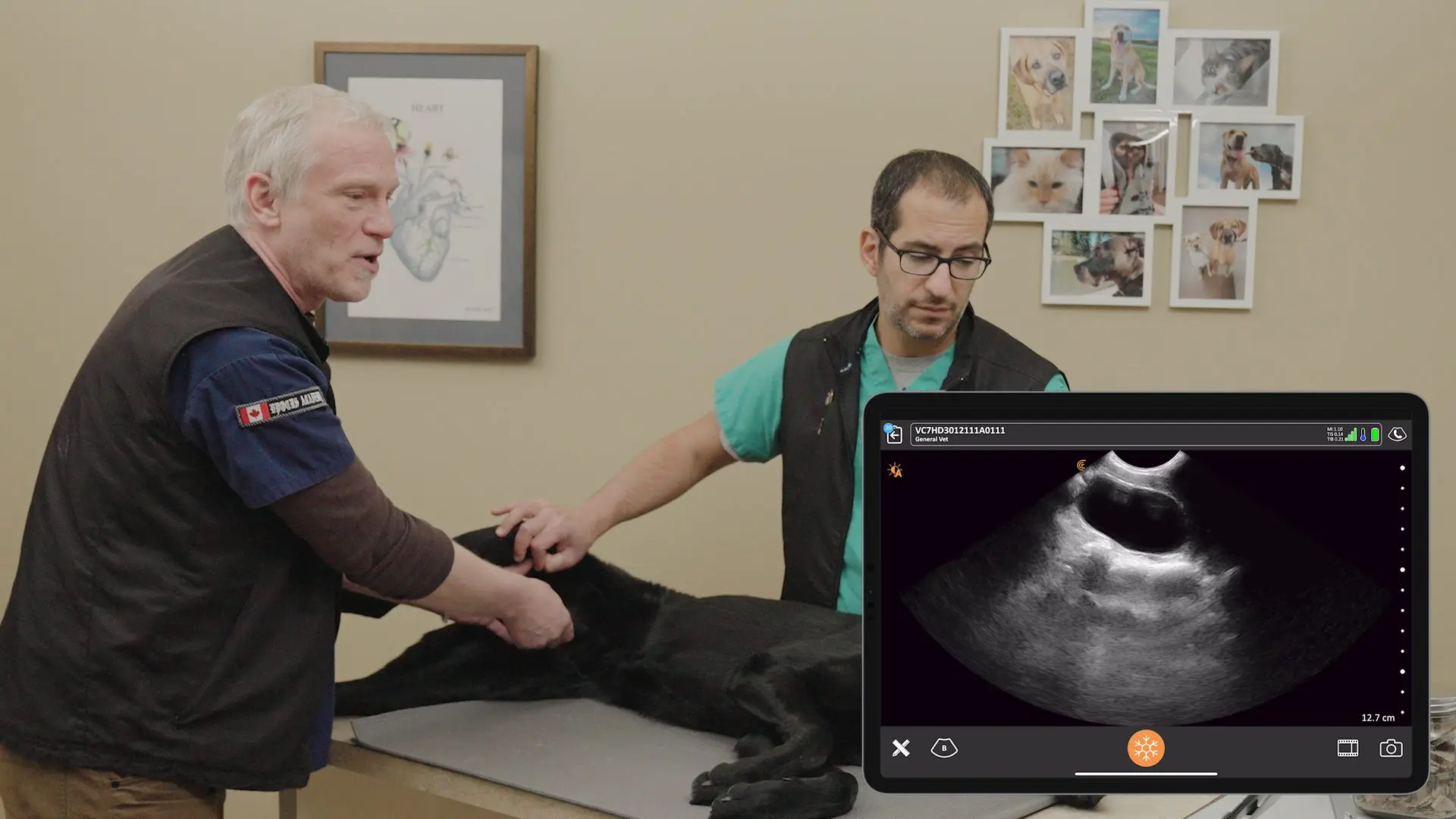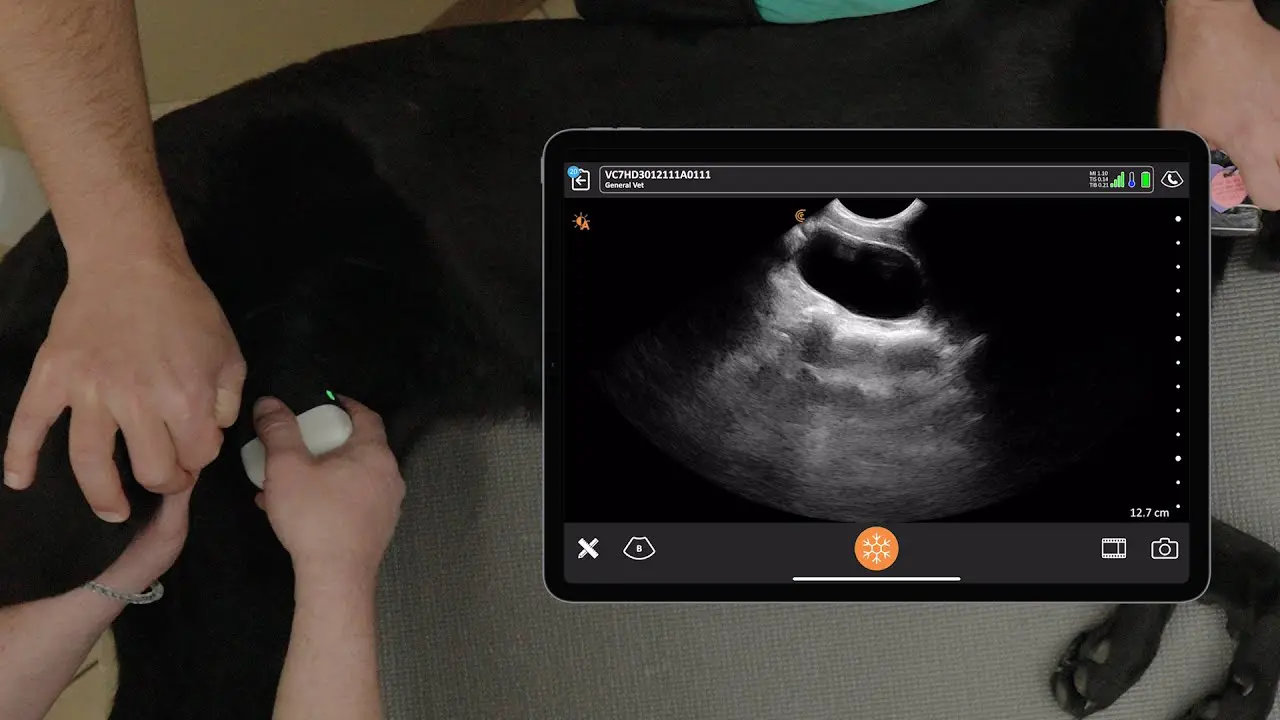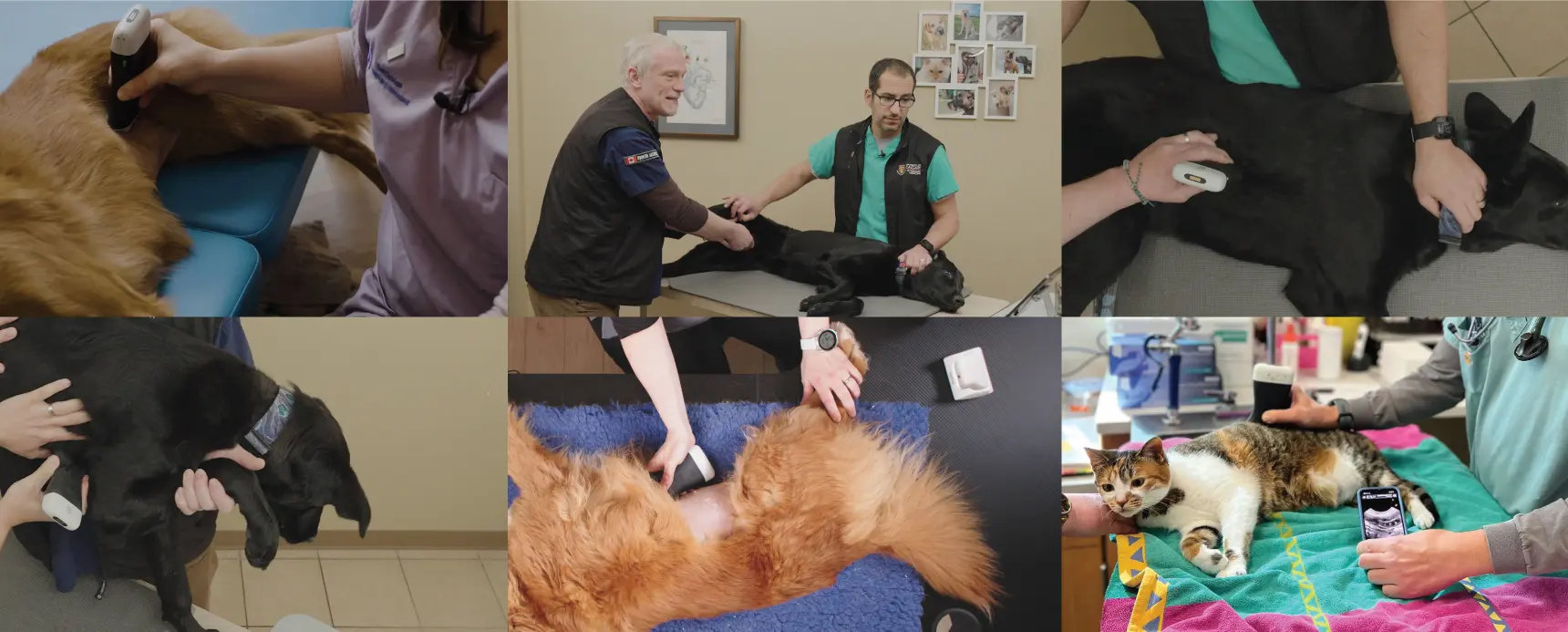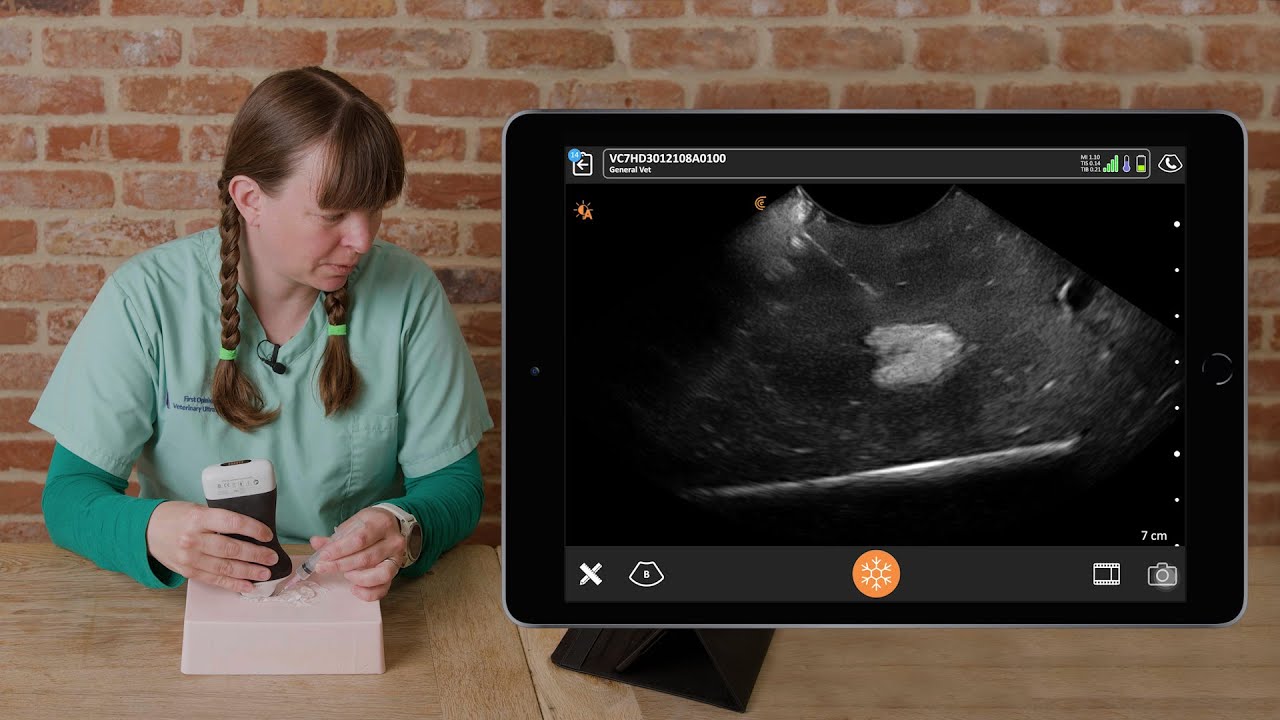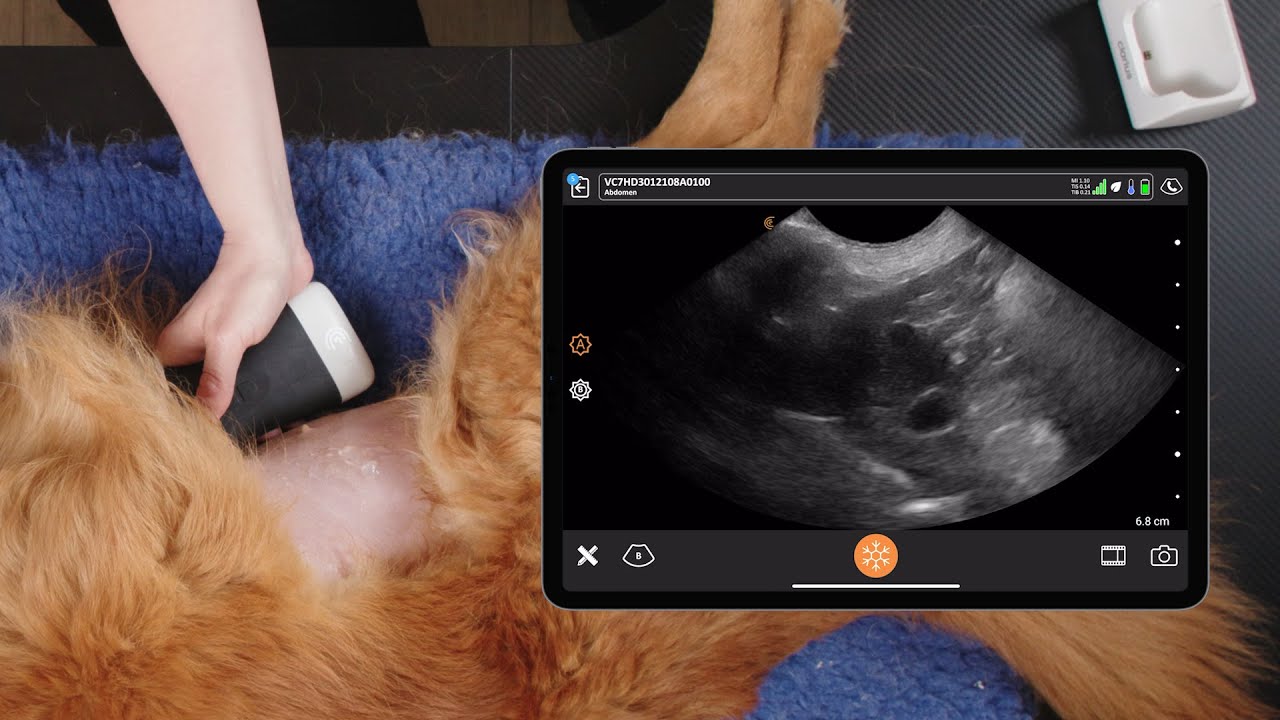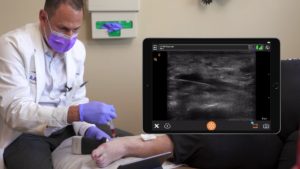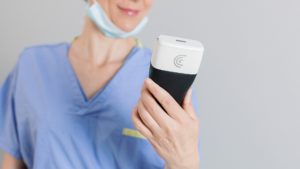Dr. Ilka Wagner has been using ultrasound to examine animals since before she went to veterinary school in the 1990s.
“There’s a pretty steep learning curve on becoming adept at using ultrasound and you get minimal training in school,” Dr. Wagner says. “I was lucky to have quite a bit of of hands-on training prior to entering veterinary school.”
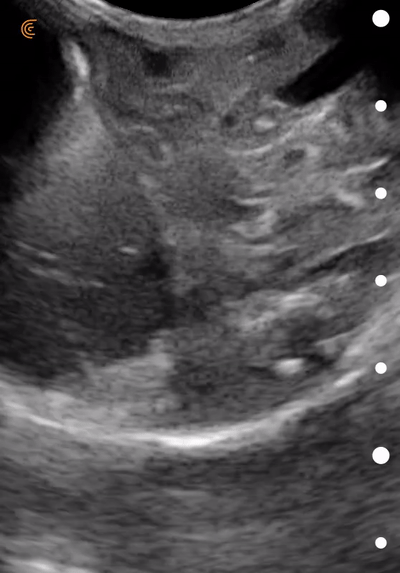
Now colleagues rely on her for ultrasound scans that she performs for them in their veterinarian practice, the Aggieland Animal Health Center. Being able to scan the patient in house means they don’t have to refer the animal to another clinic, which may be considerably more expensive and delay diagnosis for a week or two, depending on how soon the patient could be seen.
“If it’s obvious like a hemangiosarcoma or small intestine intussusception, I can make a diagnosis. But in most cases, I want an expert opinion. I’m not willing to take a risk and jeopardize a patient’s health,” she explains. In these cases, Dr. Wagner sends ultrasound images to a board-certified radiologist for a formal diagnosis and recommendations.
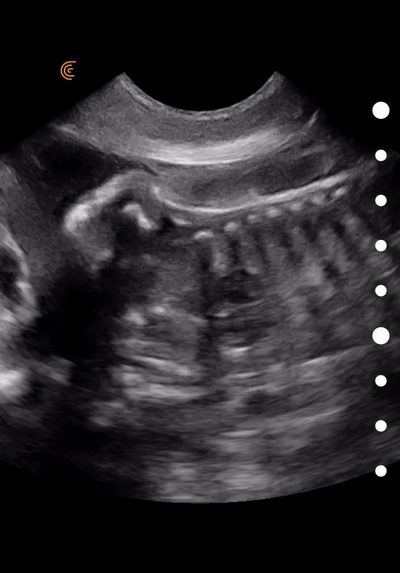
“Even during COVID, it’s only about a 24-hour turnaround for a radiologist to read the ultrasound and provide a diagnosis or recommend further diagnostics that may be needed. There is a cost for this service, but being able to perform the ultrasound in the clinic provides an extra source of revenue and we can treat our patient faster, and they avoid extra specialist appointments.”
Besides examining patients at the clinic, Dr. Wagner puts her ultrasound skills to use at home where she breeds and shows Akitas. She started shopping for a new ultrasound system to replace her laptop veterinary ultrasound system that finally failed after 15 years.
“My previous ultrasound system was top of the line when I bought it, but the image quality wasn’t really good enough for my current small animal reproductive work. For example, to get the timing right for a C-section, you need to be able to discern intestinal motility on the puppies as well as kidney distinction, in utero, which you normally only see the day or so before the puppies are due,” says Dr. Wagner. “I would not have been able to see this with my older unit. The image quality has improved tremendously in the past 15 years.”
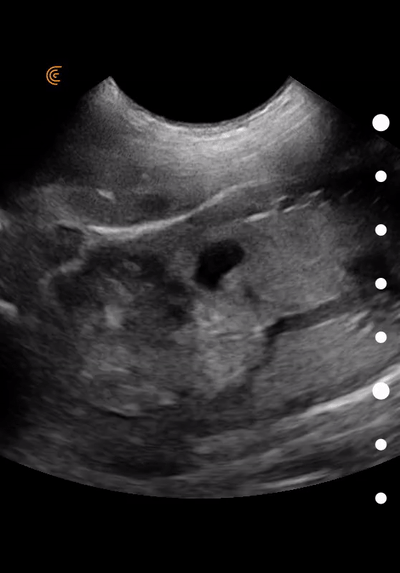
She began her search for a new ultrasound system on Google and sought word-of-mouth referrals. Image quality and wireless capability were at the top of her wish list.
“I’m really picky about my ultrasound quality because I know how good the image can be and I needed this ultrasound for a really specific purpose. I spoke to a veterinarian who is also a breeder and has one of the original Clarius units and she loves it. She’s a big reason I bought it.”
Dr. Wagner purchased a Clarius C7 HD Microconvex Vet scanner, which is designed for small and medium animals. She uses Clarius with her smart phone and typically scans for 10 to 15 minutes continuously. She’s looking forward to using Clarius Live Telemedicine, which is included with all Clarius scanners for real time collaboration.
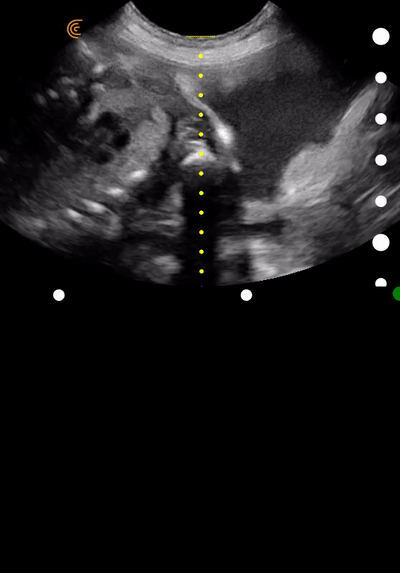
“I’ve been bragging about my Clarius system. I’m impressed with the image quality and I think it’s very reasonably priced for all its features. I compared it to our current system in our clinic that has excellent image quality and was considerably more expensive. The image quality of the Clarius holds its own. It’s just as good for the scans we do in house.”
Clarius delivers high quality imaging, allowing Dr. Wagner to clearly see intestinal motility and heart rates in the puppies while inutero. Her dog recently gave birth safely to six beautiful puppies via cesarean section, timed in part with ultrasound guidance. She is thankful for the recommendation from a Clarius user and is keen to do her part to spread the word about Clarius.
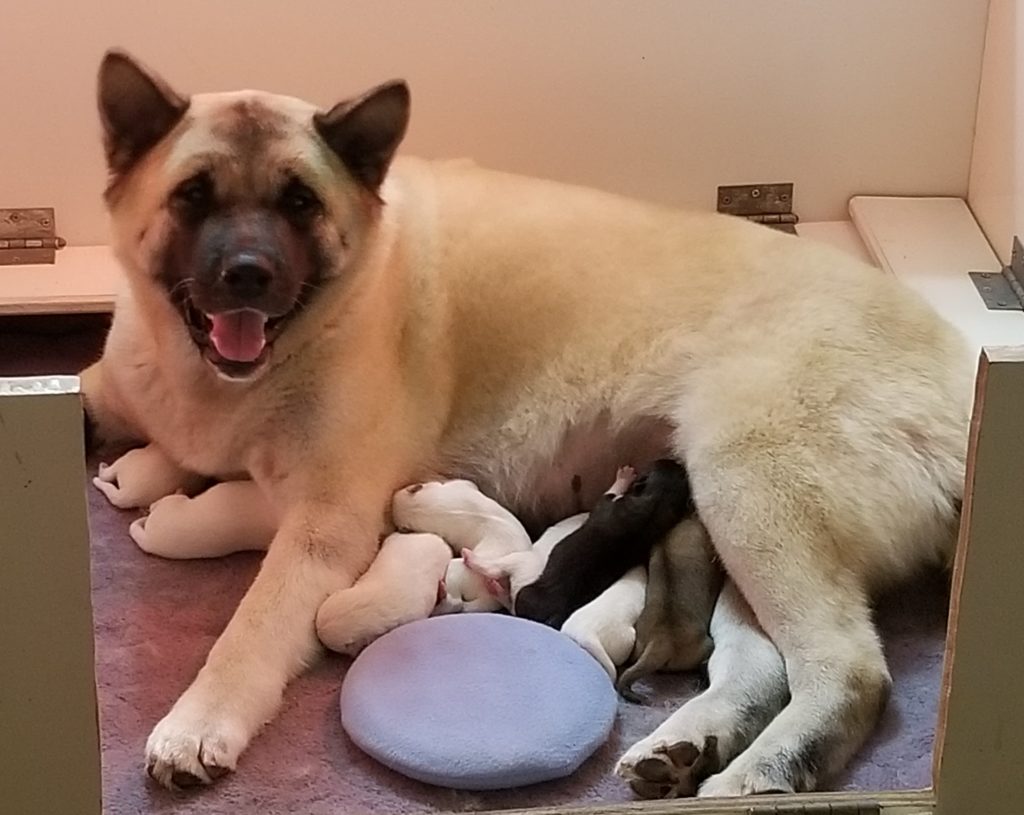
“One of my fellow Akita breeders, who was a human ultrasonographer in a hospital and has since retired, came to see my Clarius. She was amazed with the image quality and went home and ordered one the next day,” she recounts.
“I think there are a lot of other veterinarians out there who are interested and they just want to know that the image quality is truly as good as what you show on your website. I plan to get on the Veterinary Information Network and post some of my images so they can see this for themselves.”
Visit our Clarius veterinary ultrasound page for a video demonstration and more information on Clarius handheld ultrasound. Or contact us today to discuss which scanner is right for your veterinarian practice.
